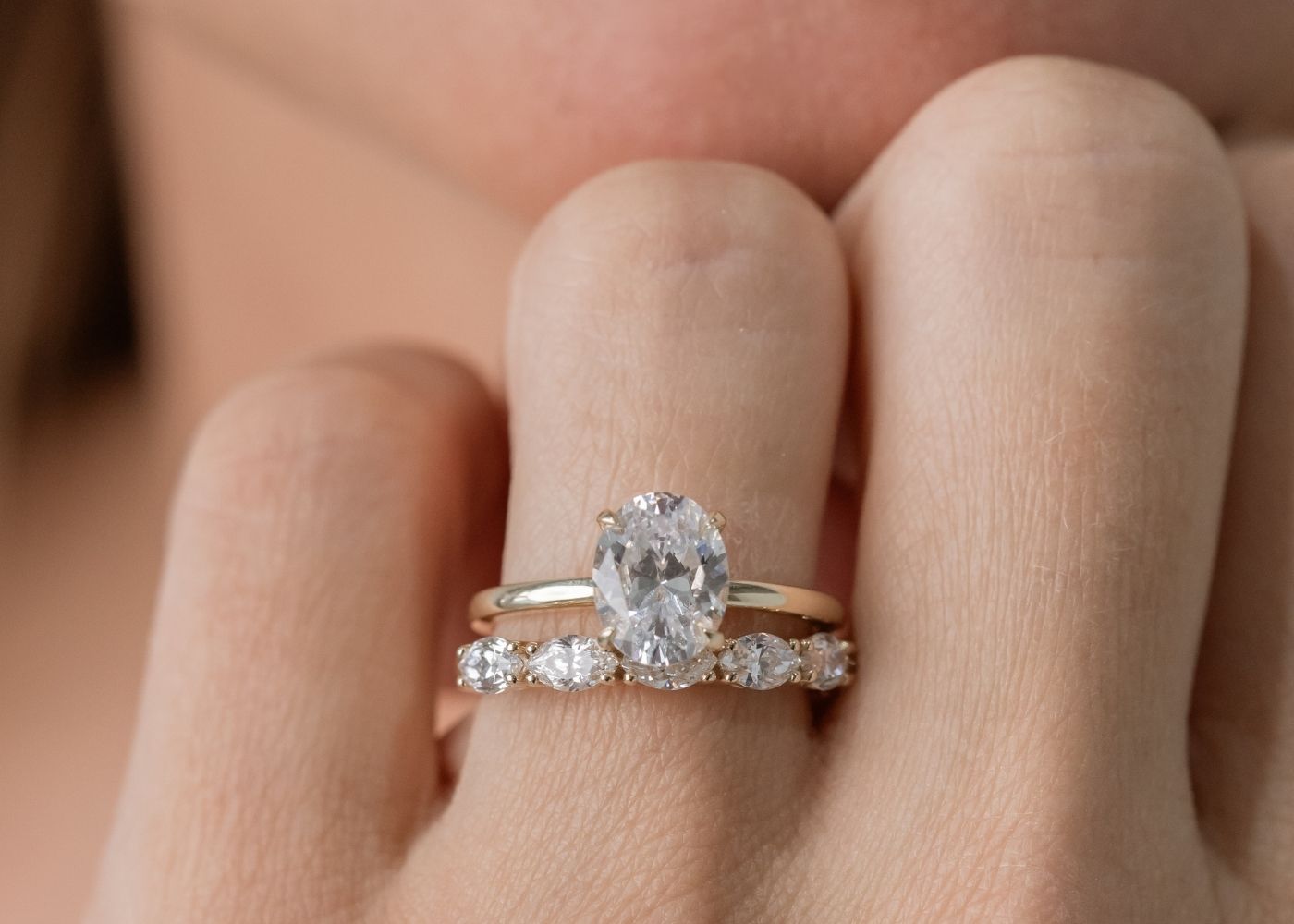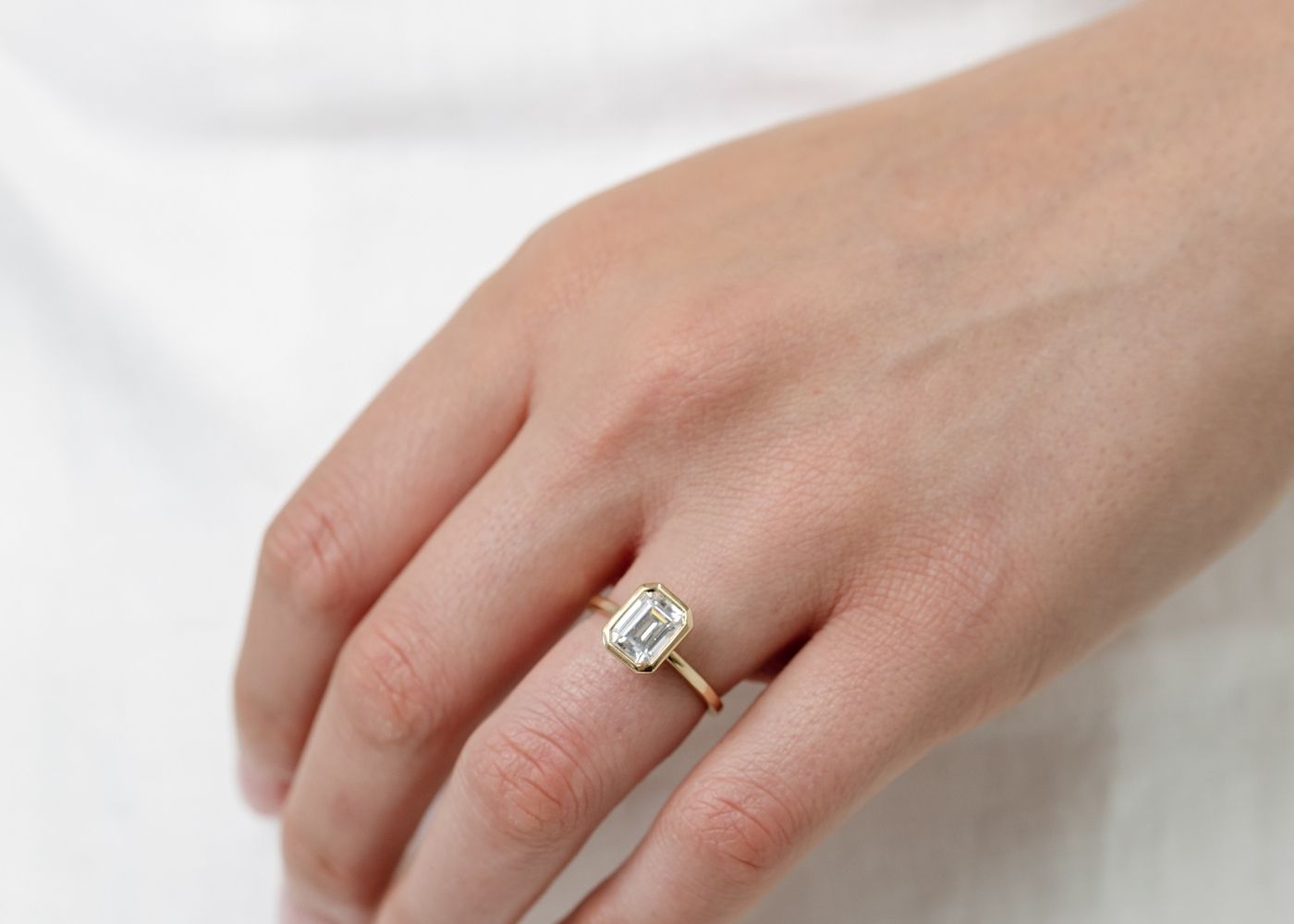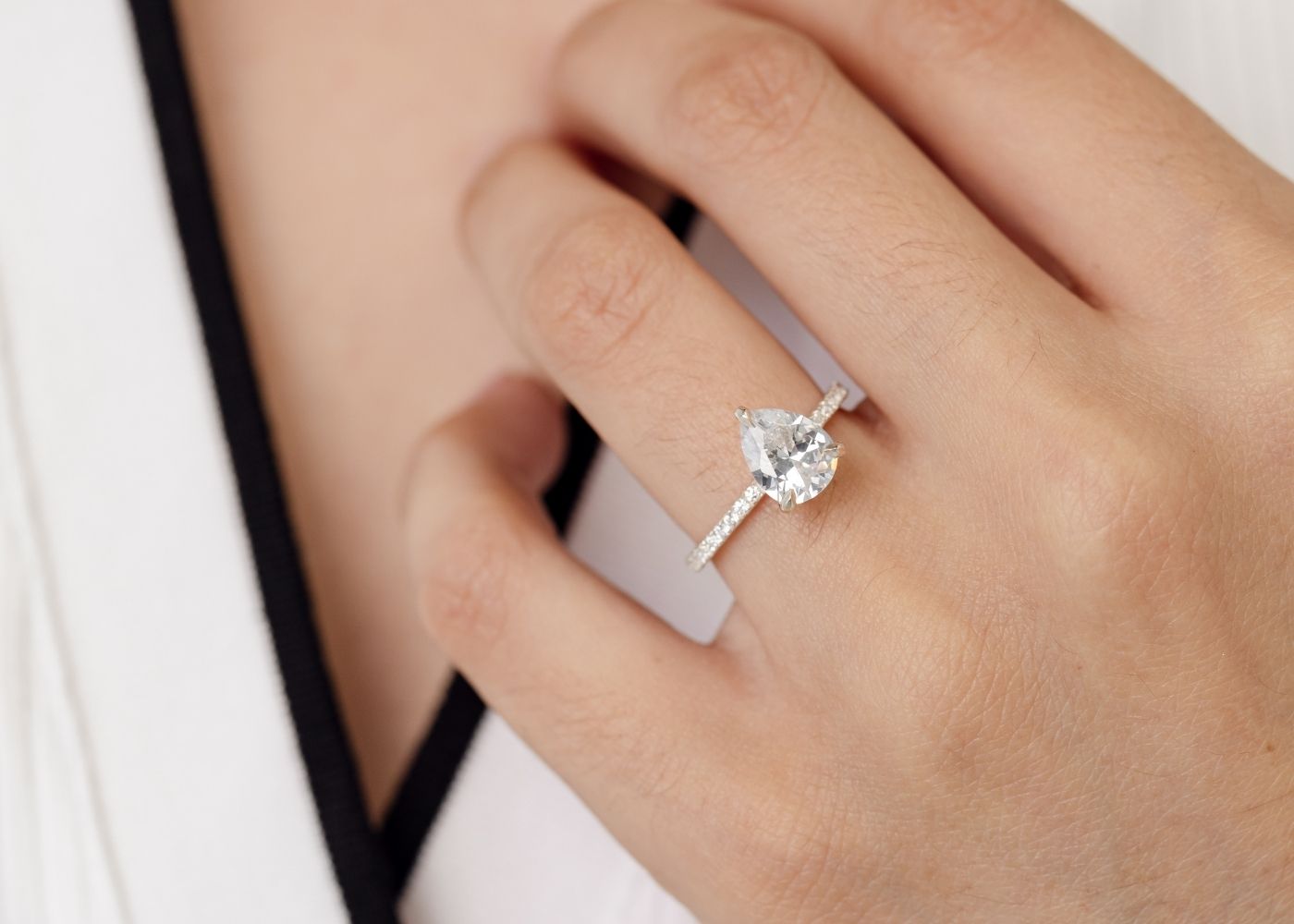Blue diamond
Properties determining value of blue diamonds
- Four Cs of Connoisseurship: color, clarity, cut, and carat weight
- Color is the most important criterion for grading a blue diamond
- Highest clarity grades increase the value of blue diamonds
- No completely flawless blue diamonds, but some are graded Internally Flawless
- The Hope Diamond is a famous blue diamond discovered in India
- Clarity in blue diamonds is judged under 10x magnification
- Clarity has little effect on the value of blue diamonds, except for vividly colored ones
- High clarity on a vividly colored diamond can add tremendous value
- Loupe standard is used to grade clarity in blue diamonds
- Exceptional clarity can increase the value of blue diamonds
Color characteristics of blue diamonds
- Blue diamonds occur in hues ranging from green-blue to gray-blue
- Primary hue of blue diamonds is blue, with green and gray as secondary hues
- Pure blue diamonds are considered the most beautiful and valuable
- Type IIb blue diamonds have very few or no nitrogen impurities
- Type Ia blue diamonds have a secondary hue and get their color from hydrogen
Treatments and value of blue diamonds
- Natural blue diamonds are considered rare and valuable
- Enhanced diamonds, which have had color added, do not have the same value
- Synthetic blue diamonds can be created using the HPHT method
- Enhanced blue diamonds are not bought for investment or resale purposes
- Natural blue diamonds hold their value better than enhanced or synthetic ones
Blue diamond mines
- The Hope Diamond was discovered in the Kollur mine in India
- Blue diamonds have also been found in the Cullinan Mine in South Africa
- The Golconda region is known for producing blue diamonds
- The Argyle Mine in Western Australia occasionally yields blue diamonds
- Blue diamonds are thought to form in the lower part of Earth's mantle
Additional information on blue diamonds
- Blue diamonds are graded based on their color intensity, with the most intense blue being the most valuable
- The Gemological Institute of America (GIA) provides grading and certification for blue diamonds
- Blue diamonds are formed deep in the Earth's mantle under extreme pressure and temperature conditions
- The presence of boron during the diamond's formation process gives it a blue color
- Blue diamonds are often found in diamond mines located in countries like South Africa, Australia, and Botswana
- Blue diamonds are considered rare, with only a small percentage of diamonds exhibiting a blue color
- The Hope Diamond, Blue Moon diamond, Oppenheimer Blue diamond, Bunny Mellon's Blue Diamond, and Botswana's largest-ever blue diamond are famous examples
- Synthetic blue diamonds are created in a laboratory using high-pressure, high-temperature (HPHT) or chemical vapor deposition (CVD) methods
- The GIA has techniques to distinguish between natural and synthetic blue diamonds
- Synthetic blue diamonds offer a more affordable alternative to natural blue diamonds
Blue diamond Data Sources
| Reference | URL |
|---|---|
| Glossary | https://harryandcojewellery.com.au/blogs/glossary/blue-diamond |
| Wikipedia | http://en.wikipedia.org/wiki/Blue_diamond |
| Wikidata | https://www.wikidata.org/wiki/Q28449765 |
| Knowledge Graph |





